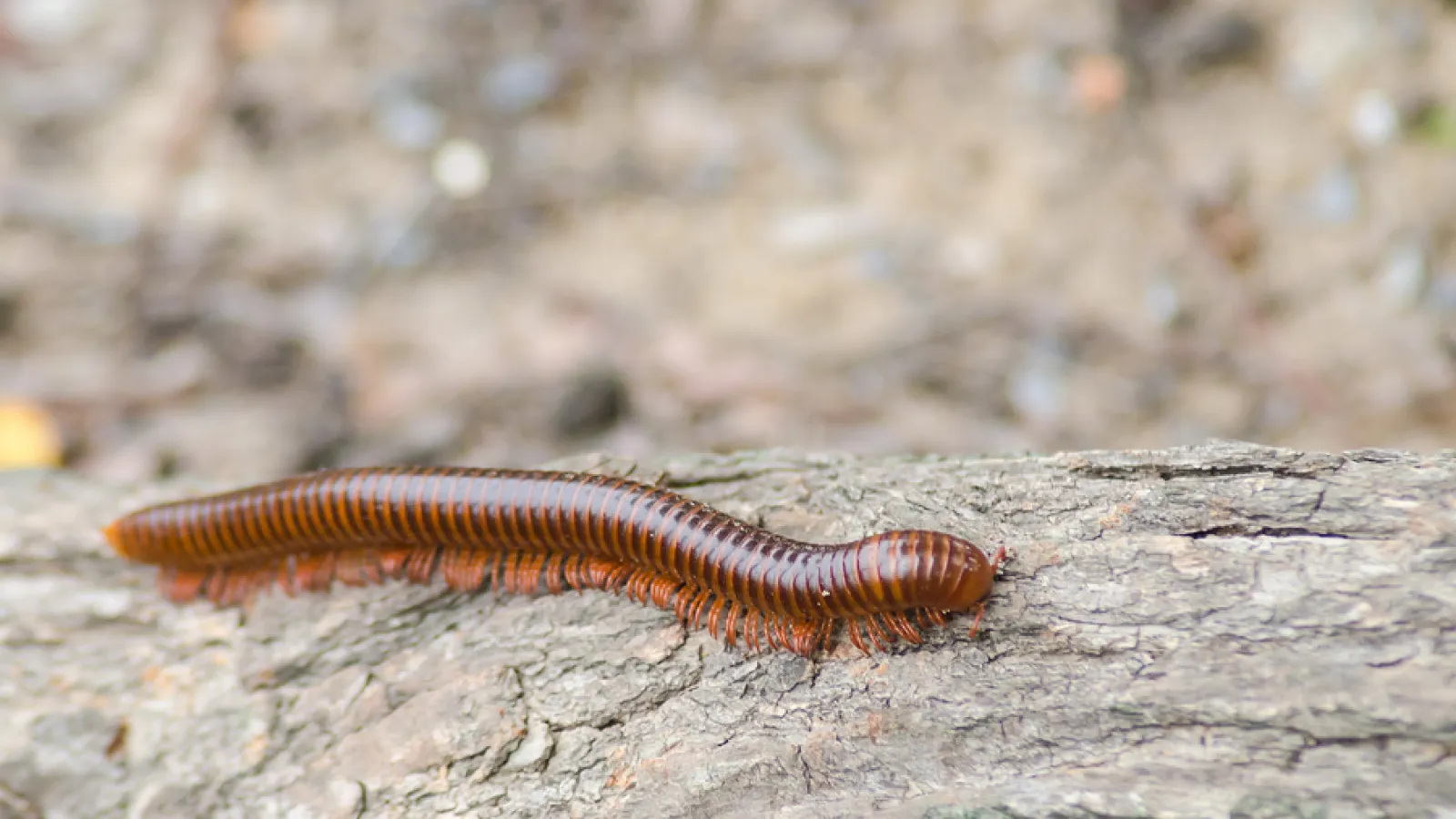
Centipedes and Millipedes
Centipedes and millipedes are myriapods that are found all around the world. Here in the South, they are considered minor pests. Neither insect is particularly dangerous to humans except in special circumstances but should be dealt with nonetheless if any member of the household is allergic to the venom of the centipede.
Centipedes are large insects that grow up to six inches long in the United States. Centipedes have fewer legs than millipedes, with only one pair per segment as opposed to the two-per-segment characteristic of millipedes. The legs of a centipede also poke out to the sides rather than being located directly under the insect. The legs are longer than those of the millipede and the centipede has the ability to move considerably faster than a millipede.
Centipedes and millipedes also differ considerably in their diet. Centipedes are natural predators, with venomous fangs meant to kill their arthropod prey. If a centipede bites a human, it can cause considerable pain and inflammation. However, like with bees and wasps, an allergic reaction to the bite is common and dangerous. Millipedes are not venomous but instead emit an odor akin to that of an opossum playing dead. They can also spray an irritant from their body that can cause blindness if it gets in the eye. These features are only used for defensive purposes however, as millipedes are purely herbivorous. This can also be a problem, as millipedes can destroy the roots of crops and garden plants.
Both millipedes and centipedes can be considered pests in many circumstances. Millipedes can destroy crops and centipedes pack a venomous bite that can be fatal in the case of an allergic reaction. If either of these are potential problems for your household, seek pest control services immediately upon seeing one of these insects.
To request a free pest inspection, contact Preferred Pest Control today.
